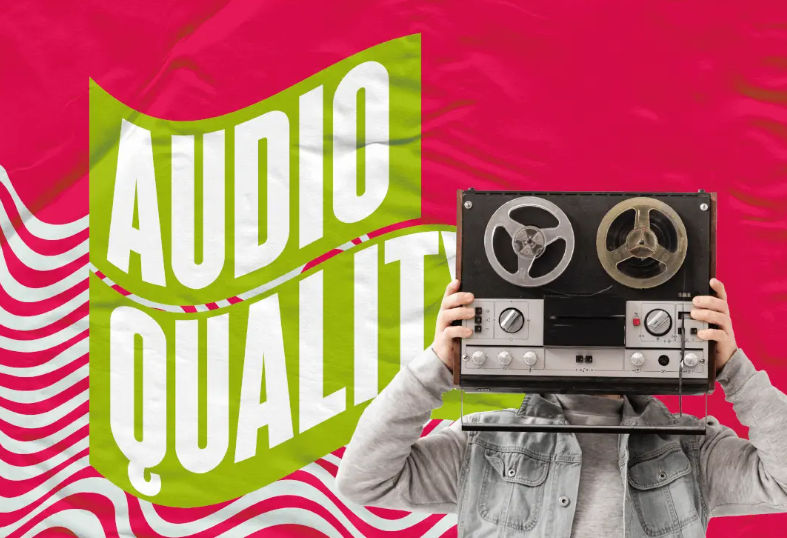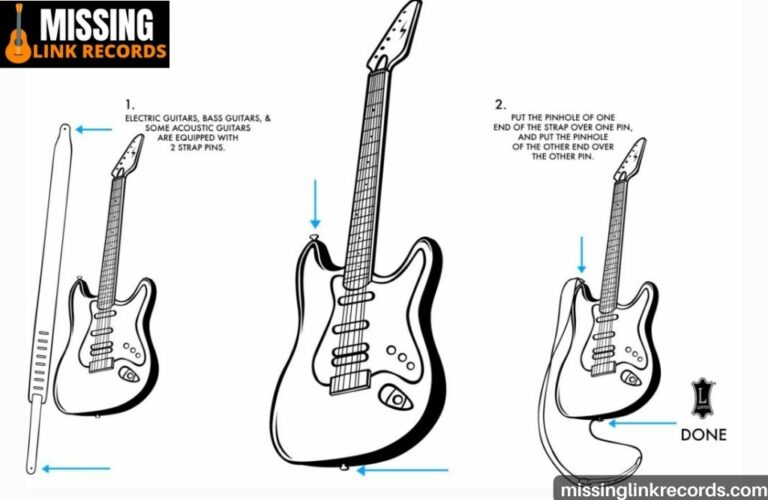How Can I Improve the Quality of My Audio?

In the vast realm of audio production, achieving optimal sound quality is paramount. The pursuit of sonic excellence requires a meticulous approach guided by technical expertise and a discerning ear. Like a skilled painter delicately applying brushstrokes to a canvas, audio enhancement necessitates precision and attention to detail.
With this in mind, individuals seeking to elevate the quality of their audio recordings must embark on a journey of knowledge and skill acquisition.
This article aims to equip aspiring audio enthusiasts with the necessary tools and techniques to enhance their audio quality. By adhering to a series of objective guidelines, we will explore the fundamental steps that can be taken to improve audio quality.
From selecting the appropriate microphone to creating a conducive recording environment, and from utilizing audio editing software to eliminating background noise, this article will delve into the technical aspects of audio production.
We will delve into the art of mixing and mastering, exploring methods to achieve a balanced and polished final product.
Through the acquisition of these skills, individuals can embark on a path towards mastering the art of audio production.
Key Takeaways
- Selecting the appropriate microphone is crucial for capturing high-quality sound.
- Creating a suitable recording environment is crucial for optimizing audio performance.
- Audio editing software allows for the refinement and fine-tuning of recorded audio.
- Good mixing and mastering techniques are essential for a captivating auditory experience.
Choose the Right Microphone
Selecting the appropriate microphone is cucial in enhancing the auditory experience, as it plays a pivotal role in capturing high-quality sound and evoking a sense of immersion in the audience.
Regarding microphone types, several options are available, each with its own strengths and weaknesses. Dynamic microphones are durable and can handle high sound pressure levels, making them suitable for live performances and recording loud instruments. Condenser microphones, on the other hand, offer a wider frequency response and greater sensitivity, making them ideal for capturing vocals and acoustic instruments.
The placement of the microphone is equally essential. Positioning the microphone at the correct distance and angle from the sound source can significantly affect the sound quality. Proper placement ensures optimal sound capture and minimizes unwanted background noise. Check out Free Sound Effects to get the best sound from Microphone.
Set Up a Proper Recording Environment
Creating a suitable recording environment is crucial for optimizing audio performance. To achieve the best audio quality, consider the following tips:
- Acoustic Treatment: Properly treating the recording space can significantly improve audio quality. Use acoustic panels, bass traps, and diffusers to minimize unwanted reflections and echoes.
- Microphone Placement: The microphone’s position is essential for capturing clear and balanced audio. Experiment with different microphone placements to find the sweet spot that captures the desired sound without picking up excessive background noise.
- Background Noise Control: Minimize ambient noise by choosing a quiet location, using soundproofing materials, and turning off any unnecessary equipment or appliances.
- Room Layout: Arrange the recording space to minimize audio reflections and resonances. Position furniture and equipment strategically to achieve a more controlled and balanced sound.
Use Audio Editing Software
Utilizing audio editing software allows for the refinement and fine-tuning of recorded audio, akin to a skilled sculptor chiseling away imperfections to reveal the true essence of their creation. Audio editing techniques can greatly improve audio clarity, resulting in a more professional and polished sound.
Audio editors can enhance the frequency response, dynamic range, and overall balance of the recording by employing various tools and functions, such as equalization, compression, and noise reduction. Equalization enables adjustments to individual frequencies, allowing for removing unwanted resonances or accentuating desired elements.
Compression helps to even out volume levels and control dynamic fluctuations. Noise reduction techniques effectively minimize background noise, ensuring a clean and pristine audio output. With audio editing software, one can improve recorded audio quality, bringing it closer to perfection.
Cleaning up music is a common task in the audio editing process, as it involves removing any unwanted noise or artifacts that may distract from the overall listening experience.
Eliminate Background Noise
One effective way to enhance the clarity of recorded audio is by eliminating background noise, creating a clean and pristine auditory experience. To achieve this, various noise reduction techniques can be employed. Finding the perfect recording space is crucial, as it minimizes external noise sources.
A quiet room with good sound insulation and minimal reverberation is ideal. Using a directional microphone can help focus on the desired sound source while reducing unwanted noise. Audio editing software such as Audacity or Adobe
Audition offers noise reduction tools that can effectively remove background noise without compromising the audio quality. By utilizing these techniques, background noise can be eliminated, resulting in a more professional and polished audio recording.
Practice Good Mixing and Mastering Techniques
Implementing effective mixing and mastering techniques is essential for achieving a captivating and immersive auditory experience that transports listeners into the depths of the music.
To enhance the quality of audio, it is crucial to employ audio equalization techniques, which involve adjusting the frequency balance to ensure a balanced and clear sound.
Proper audio compression methods should be utilized to control the dynamic range and ensure that the audio remains consistent and cohesive. This involves using compression and limiting tools to regulate the volume levels of different elements within the audio mix.
The use of spatial effects, such as reverb and delay, can add depth and dimension to the audio, creating a more engaging listening experience. Employing accurate monitoring and referencing techniques throughout the mixing and mastering process is vital for achieving precise and professional results.
Conclusion
Optimizing the audio quality requires meticulous attention to detail and technical expertise. By selecting an appropriate microphone and arranging a suitable recording environment, one can capture clean and crisp audio.
The utilization of audio editing software enables further enhancements and refinements. The overall audio experience becomes more immersive by eliminating any unwanted background noise.
Mastering the art of mixing and mastering techniques ensures a professional and polished final product. Remember, the audio quality can make or break the impact of any audio content.





